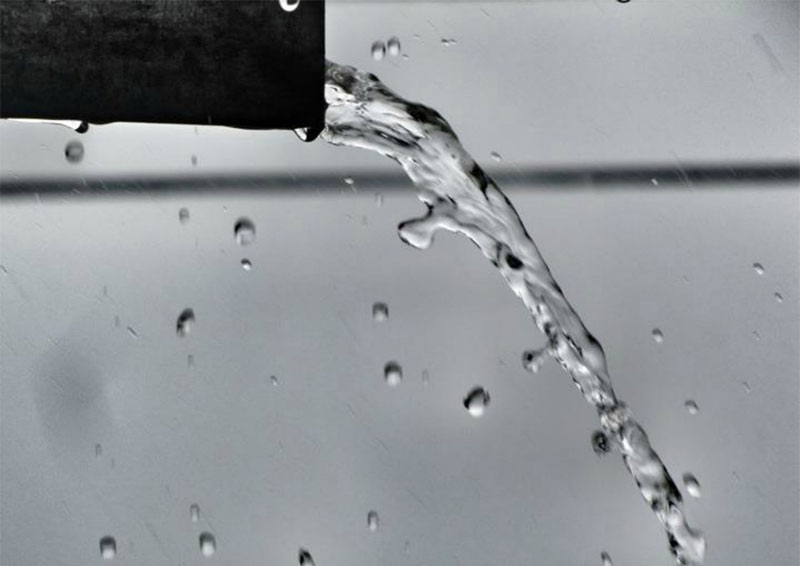Incumbent water company v undertaker
The Water Bill Glossary: water terms was published by the Department for Environment, Food and Rural Affairs in November 2013. It defines the incumbent water company as ‘The water and/or sewerage undertaker that holds the de facto monopoly to provide services to premises in its area of appointment. It is also responsible for maintaining and operating the public water supply and/or sewerage systems. Although “insets” are also undertakers, the term “incumbent” does not include inset appointees for the purpose of describing the competitive market for providing services to new developments. However, inset appointees may be considered as incumbents in the context of the water supply and sewerage licensing regime because non-household customers will be eligible to switch suppliers in the reformed retail market’.
The term “incumbent water company” has taken the place of the term “undertaker” (also sometimes referred to as statutory undertaker), which is a term defined by the Water Bill Glossary as ‘A company who has statutory powers and duties to supply water and/or sewerage services to premises within an appointed geographical area under the Water Industry Act 1991. These are the incumbent water companies and inset appointees. The undertaker has complete control of the water supply and/or sewerage system in its appointment area. Licensees must therefore “use” their networks in order to serve or supply customers.’
There are both English and Welsh undertakers. An English undertaker is ‘an undertaker whose appointment area is wholly or mainly in England’ while a Welsh undertaker is ‘an undertaker whose appointment area is wholly or mainly in Wales.’ In both cases, undertakers are generally appointed on river basin catchments rather than political boundaries, so some English undertakers have appointment areas that extend into Wales while some Welsh undertakers have English customers.
See also: Statutory undertaker.
NB Water Bill, Glossary: water terms, published by the Department for Environment, Food and Rural Affairs in November 2013, describes the incumbent water company as: ‘The water and/or sewerage undertaker that holds the de facto monopoly to provide services to premises in its area of appointment. It is also responsible for maintaining and operating the public water supply and/or sewerage systems. Although “insets” are also undertakers, the term “incumbent” does not include inset appointees for the purpose of describing the competitive market for providing services to new developments. However, inset appointees may be considered as incumbents in the context of the water supply and sewerage licensing regime because non-household customers will be eligible to switch suppliers in the reformed retail market.’
Where an inset appointee or inset is: ‘A company that replaces the undertaker for a specific geographic area within the area of an existing undertaker. This usually happens where the customers are “unserved” (such as on a new development) or qualify as large users (i.e. they expect to use more than 50Ml in England or 250Ml in Wales – for example a paper mill). The inset regime is sometimes known as new appointments and variations (NAVs). However, the term “NAV” also refers to a variation of the appointment area of an incumbent water company, for example when incumbent water companies agree to change the boundaries between them.’
[edit] Related articles on Designing Buildings
- Drinking Water Inspectorate DWI.
- Ofwat.
- Statutory undertaker.
- Water company.
- Water consumption.
- Water Industry Act 1991.
- Water Industry Approved Plumbers Scheme WIAPS.
- Water Regulations Advisory Scheme WRAS.
- Water Supply (Water Fittings) Regulations 1999.
- Water transfers and interconnections.
- Water undertaker.
[edit] External references
- Department for Environment, Food and Rural Affairs, The Water Bill Glossary: water terms, November 2013.
Featured articles and news
Latest Build UK Building Safety Regime explainer published
Key elements in one short, now updated document.
UKGBC launch the UK Climate Resilience Roadmap
First guidance of its kind on direct climate impacts for the built environment and how it can adapt.
CLC Health, Safety and Wellbeing Strategy 2025
Launched by the Minister for Industry to look at fatalities on site, improving mental health and other issues.
One of the most impressive Victorian architects. Book review.
Common Assessment Standard now with building safety
New CAS update now includes mandatory building safety questions.
RTPI leader to become new CIOB Chief Executive Officer
Dr Victoria Hills MRTPI, FICE to take over after Caroline Gumble’s departure.
Social and affordable housing, a long term plan for delivery
The “Delivering a Decade of Renewal for Social and Affordable Housing” strategy sets out future path.
A change to adoptive architecture
Effects of global weather warming on architectural detailing, material choice and human interaction.
The proposed publicly owned and backed subsidiary of Homes England, to facilitate new homes.
How big is the problem and what can we do to mitigate the effects?
Overheating guidance and tools for building designers
A number of cool guides to help with the heat.
The UK's Modern Industrial Strategy: A 10 year plan
Previous consultation criticism, current key elements and general support with some persisting reservations.
Building Safety Regulator reforms
New roles, new staff and a new fast track service pave the way for a single construction regulator.
Architectural Technologist CPDs and Communications
CIAT CPD… and how you can do it!
Cooling centres and cool spaces
Managing extreme heat in cities by directing the public to places for heat stress relief and water sources.
Winter gardens: A brief history and warm variations
Extending the season with glass in different forms and terms.
Restoring Great Yarmouth's Winter Gardens
Transforming one of the least sustainable constructions imaginable.























